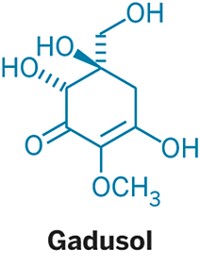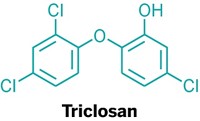Advertisement
Grab your lab coat. Let's get started
Welcome!
Welcome!
Create an account below to get 6 C&EN articles per month, receive newsletters and more - all free.
It seems this is your first time logging in online. Please enter the following information to continue.
As an ACS member you automatically get access to this site. All we need is few more details to create your reading experience.
Not you? Sign in with a different account.
Not you? Sign in with a different account.
ERROR 1
ERROR 1
ERROR 2
ERROR 2
ERROR 2
ERROR 2
ERROR 2
Password and Confirm password must match.
If you have an ACS member number, please enter it here so we can link this account to your membership. (optional)
ERROR 2
ACS values your privacy. By submitting your information, you are gaining access to C&EN and subscribing to our weekly newsletter. We use the information you provide to make your reading experience better, and we will never sell your data to third party members.
Biological Chemistry
Natural sun blocks
May 15, 2006
| A version of this story appeared in
Volume 84, Issue 20
Researchers are adding to the body of knowledge about natural products that show potential as sunscreens. Previous work has shown that an anthocyanin found in colorful foods such as berries and red grapes can protect skin cells from UV-A radiation, which can cause skin cancer. Now, Francesco Cimino at the University of Messina, in Italy, and colleagues report that the compound can also protect skin cells from UV-B radiation, which can cause sunburn as well as cancer (J. Agric. Food Chem., published online May 9, dx.doi.org/10.1021/jf060253x). The compound, cyanidin-3-O-glucoside (top), appears to block an oxidative stress response that occurs in skin cells exposed to sun. Meanwhile, Morris Srebnik of Hebrew University of Jerusalem and colleagues have found that the bacterial metabolite porphyra 334 (bottom) can provide broad-spectrum UV-A protection (Photochem. Photobiol. Sci. 2006, 5, 432). That performance contrasts with those of most commercially available sunscreens, whose UV-A coverage is limited to short-wavelength radiation, according to the researchers.





Join the conversation
Contact the reporter
Submit a Letter to the Editor for publication
Engage with us on Twitter